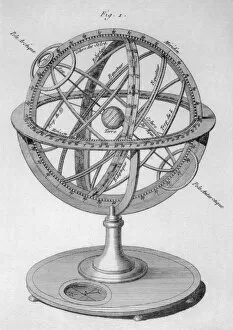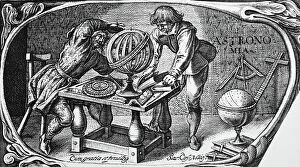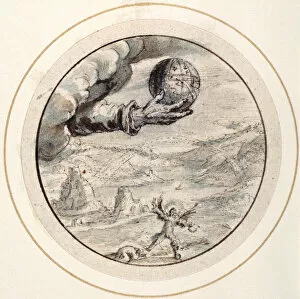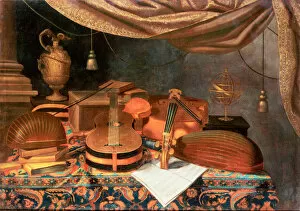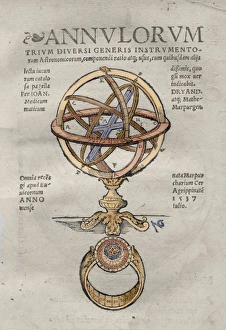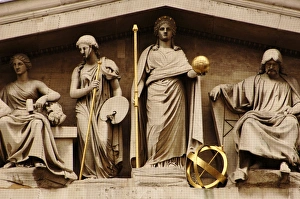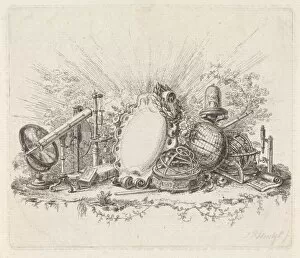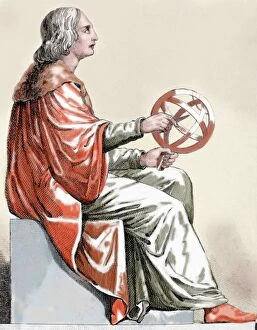Armillary Collection
"Exploring the Intricacies of the Armillary: From Sundials to Astronomical Marvels" The armillary sphere, a fascinating instrument used in astronomy and timekeeping
All Professionally Made to Order for Quick Shipping
"Exploring the Intricacies of the Armillary: From Sundials to Astronomical Marvels" The armillary sphere, a fascinating instrument used in astronomy and timekeeping, has captivated minds for centuries. Its intricate design consists of rings representing celestial circles, allowing astronomers to study the movements of stars and planets. One notable figure who utilized this remarkable tool was Tycho Brahe, a Danish astronomer renowned for his accurate observations. With an armillary sphere by his side, he made groundbreaking discoveries that revolutionized our understanding of the universe. Beyond its scientific significance, the armillary sphere also found its way into art and culture. In Antwerp, a Stirrup Glass incorporated a silver armillary sphere adorned with dice—an unusual combination that showcased both craftsmanship and curiosity. Ferdinand Verbiest's engraving depicts another marvel—a Jesuit Observatory in Peking featuring an impressive armillary sphere. This symbolizes how knowledge transcends borders as scholars from different parts of the world embraced this instrument to unravel celestial mysteries. Even in decorative arts, the allure of the armillary sphere persisted. A ceiling panel from Stanzino delle Matematiche showcases a fresco with tempera depicting an exquisite rendition of this astronomical device surrounded by zodiac signs—a testament to its enduring appeal throughout history. From ancient times to modern-day observatories, these captivating spheres have stood as timeless symbols bridging science and art. The intricacy and beauty they possess continue to inspire awe and wonder among those who encounter them—reminders of humanity's ceaseless quest for knowledge about our vast cosmos.

